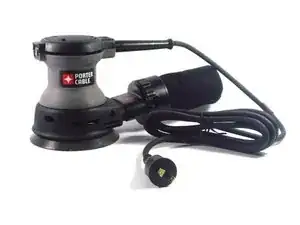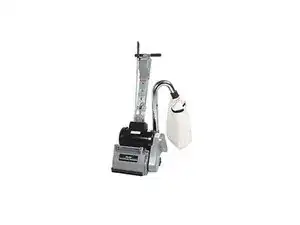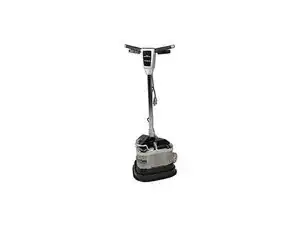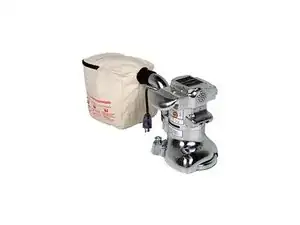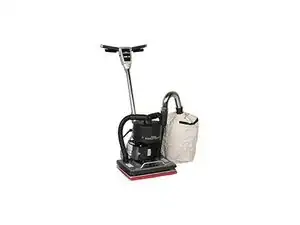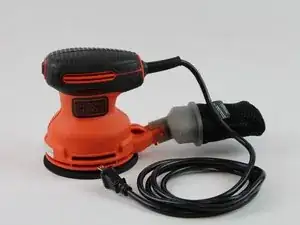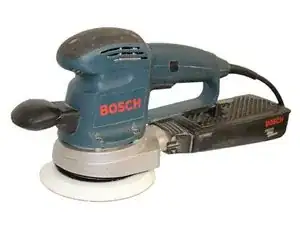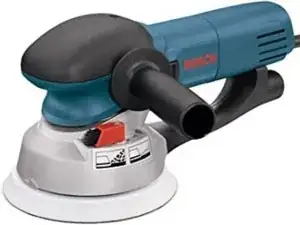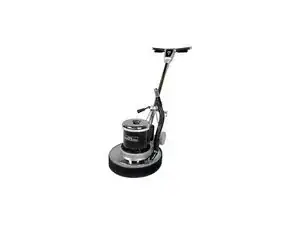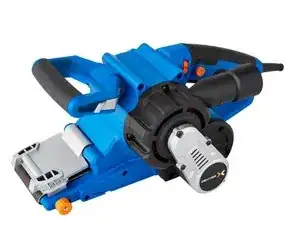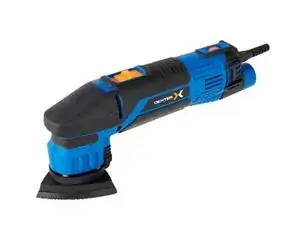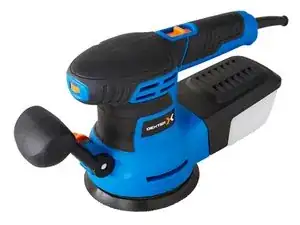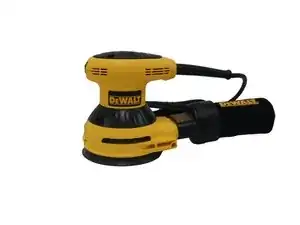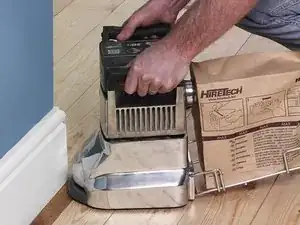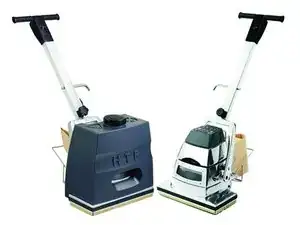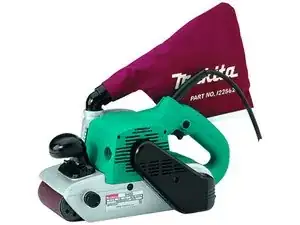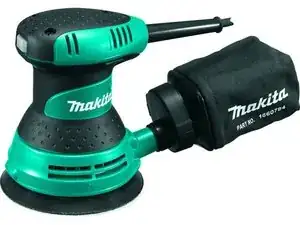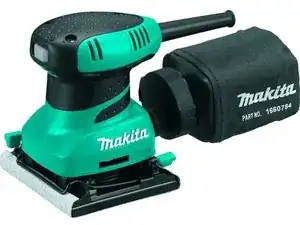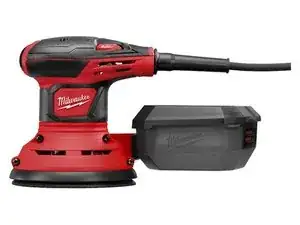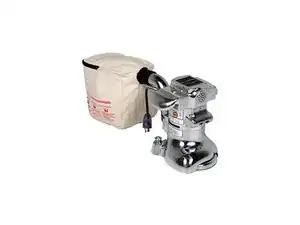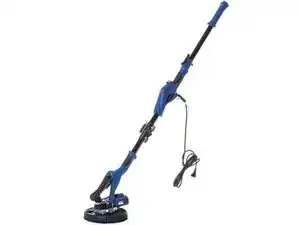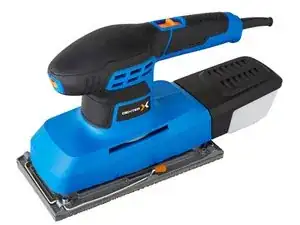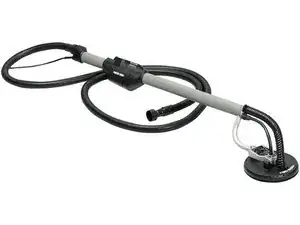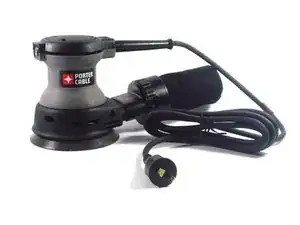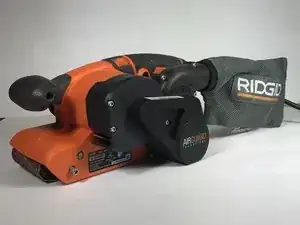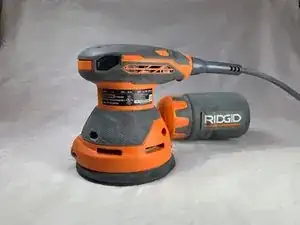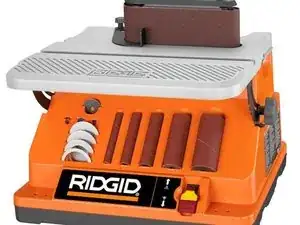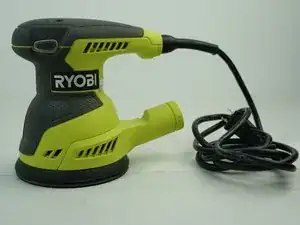Background and Identification
A sander is a type of power tool used for refining rough surfaces. Sanders achieve this by removing material from surfaces abrasively with sandpaper. There are various different types of sanders, each optimized for slightly different purposes. These types of sanders include flap sanders, belt sanders, disc sanders, oscillating spindle sanders, random orbital sanders, orbital sanders, straight-line sanders, detail sanders, stroke sanders, tabletop drum sanders, drum sanders, wide-belt sanders, and profile sanders.
Sanders are commonly used in woodworking, metalworking, and auto-body repair. For different sanding applications, different grits of sandpaper are available. Higher numbers (320, 400) mean the sandpaper has a finer grit, while lower numbers (150, 220) mean the grit is coarser. Lower numbers are used to remove a lot of material efficiently, while finer grit sandpaper is used to smooth a finished surface.
Sanders have a variety of appearances, but they all include a sandpaper surface meant to contact the material in question. Belt sanders are spinning “belts” of sandpaper that the object is meant to be pressed against. Alternatively, orbital sanders are made to glide across the object’s surface. A key distinction to be aware of is the difference between orbital sanders and random orbital sanders. Orbital sanders use square sanding pads, while random orbital sanders have round sanding pads. This means random orbital sanders don’t leave behind sanding marks.
